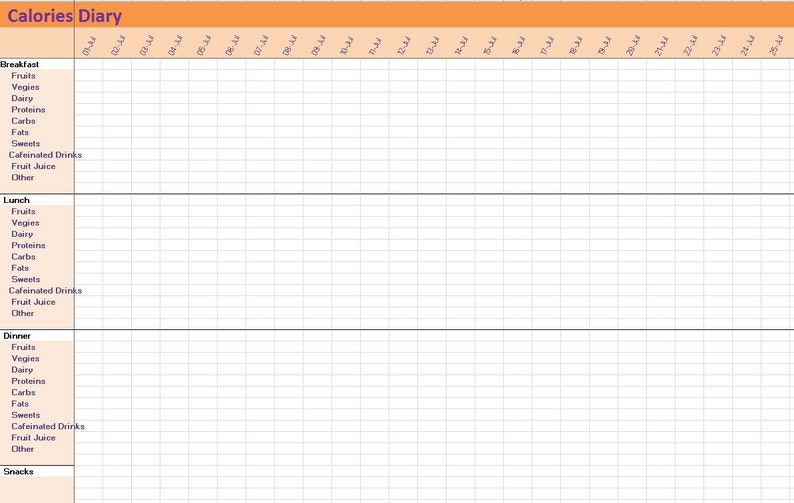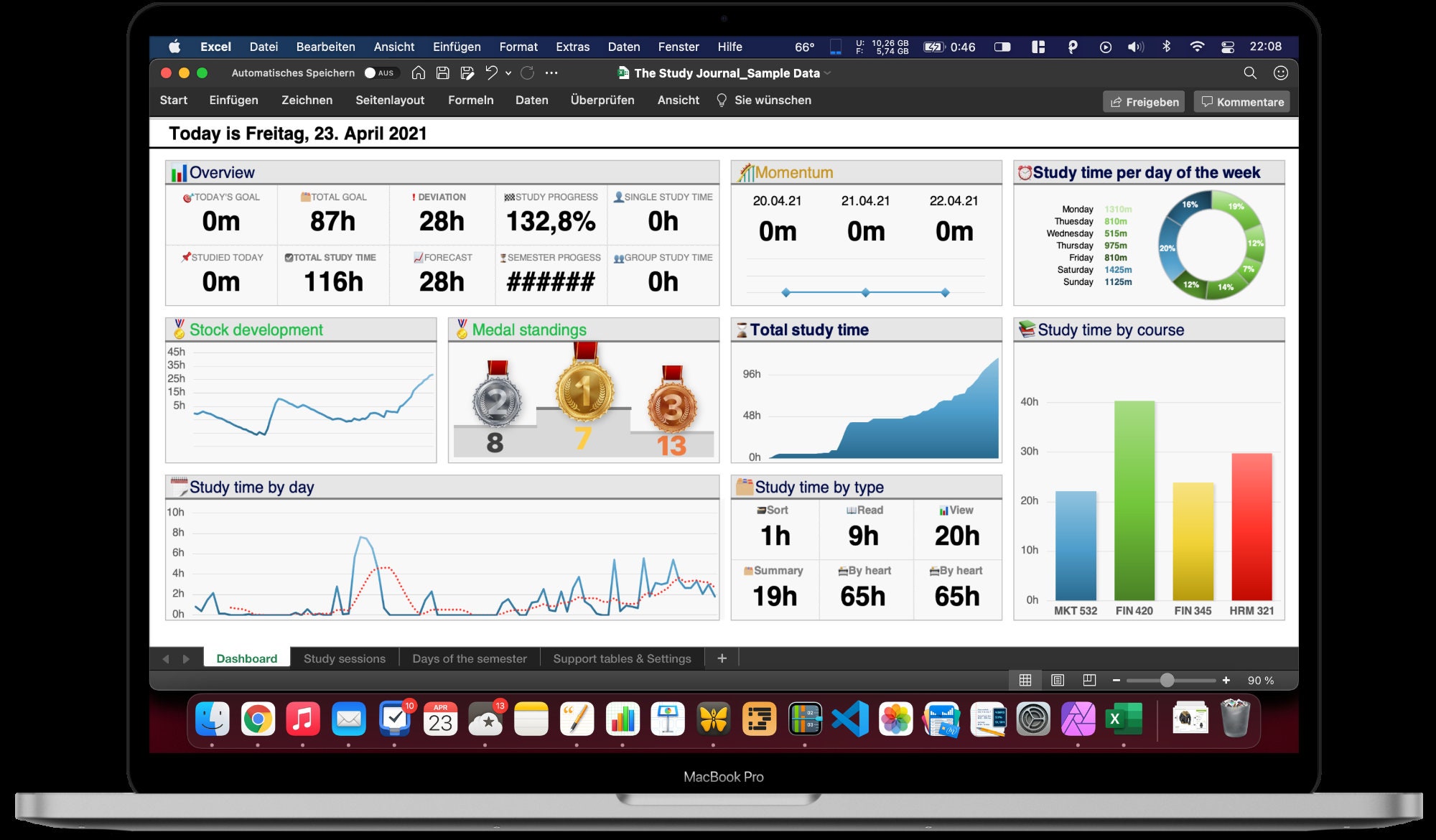

If you need some free garden seed catalogs to select varieties from, there are links to order them on the Free Garden Seed Catalog Links post. It pays to get things out to the garden as soon as possible and to really improve production, I’m also starting to use faster-maturing varieties – they can drastically improve when production actually starts. I’m being quite aggressive on our seed starting and planting schedule based on previous year’s experience and the fact that the USDA has now revised our Zone to 6A. Tips For Using Your Seed Starting & Planting Schedule For those vegetables that only produce for a limited time, remember that you can often use succession planting to extend the harvest.ĭo the above for each vegetable you’re growing and you’ve got a handy schedule for planting your garden, and if you keep notes and tweak it each year, it will only get better. Using peas again, once the peas start producing, they should continue for a couple of weeks, so I show that by indicating pea production in the weeks of April 18 through May 9.įor vegetables that will continue to produce until frost, indicate with “# until frost ->” as shown for chard, beans, etc. Once you’ve identified when production will start for each vegetable, then indicate how long it will continue based on the first planting. Indicate How Long Productions Should Last Counting 8 weeks forward from my February 21 seeding date puts me on April 18 for the first production. So, using my pea example again, my earliest is identified as 52 days-to-maturity which means about 8 weeks. To do this, find the days-to-maturity number for each variety (should be on the seed packet), divide by seven for weeks, and move forward that many weeks on the schedule to identify when your plants will start producing. Now, I like to know approximately when production will start (#) for each vegetable. Identify When Plants Will Begin Producing For those vegetables that are directly sown outdoors, only the first planting dates need to be established – like the radishes in my schedule. So, using peas again, column 2 says they should be started indoors 3 – 4 weeks before setting out.īased on that, I backed up three and four weeks and identified that peas should be started indoors the weeks of February 14 or 21 if I want to transplant them into the garden rather than direct sowing (to get the earliest possible peas). Once you’ve got your first planting dates, you can establish the dates for starting seedlings indoors (SI) for those vegetables that you intend to transplant. Establish When To Start Seedlings or Sow Outdoors So, in my schedule, peas can be put out the week of March 14 – March 21, six to eight weeks ahead of my week of May 2 last spring frost date.
Garden tracker excel code#
To find the last spring and first fall frost for your location, you can simply enter your zip code on the form HERE.įor example, since peas are very cold tolerant, column 3 identifies they can be put out 6 – 8 weeks before the last spring frost. Next, identify the appropriate first planting (FP) date for each vegetable. To make a schedule for your garden, just take the Excel spreadsheet and adjust the “Last Spring Frost” column to reflect the week of the last spring frost (orange column or week of May 2 in my schedule) for your location. Making Your Own 2022’s Seed Starting & Planting Schedule Identify Your Last Spring Frost Date & First Planting Dates 2022 Spring Seed Starting & Planting Schedule The actual dates and schedules for things can vary significantly depending on the conditions each year however, by doing this and keeping notes, you can begin to develop a pretty good feel for how your garden’s schedule will go.

I’ve included the number of weeks to start seeds before setting outside (column 2) and the number of weeks before or after the last spring frost date for transplanting to the garden (column 3) to make it easier for creating schedules. I’ve included a downloadable template ( 2022 Seed Starting & Planting Template) if anyone wants to start with my basic Excel spreadsheet and modify it for your planting zone (you can find your hardiness zone at the USDA site HERE). I start with my schedule from the previous year, copy it to a new spreadsheet tab, consult my notes from last year’s garden, and then work up the new plan. It helps me keep focused on buying seeds, starting transplants, getting supplies, and making sure the garden beds are prepared on time.

It’s time to start thinking about the garden and starting seedlings (or at least getting seeds ordered) so I’ve created our annual making 2022’s seed starting & planting schedule again (see below) to keep us on track.


 0 kommentar(er)
0 kommentar(er)
